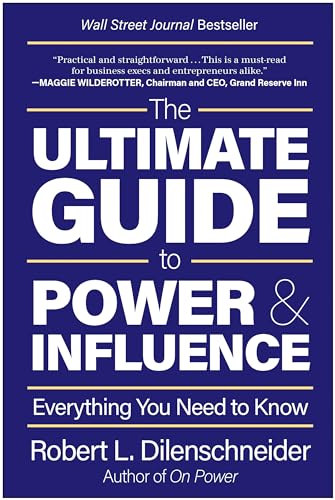
“Anyone who has never made a mistake has never tried anything new.” – Albert Einstein
Mistakes
No one wants to make mistakes. Mistakes are embarrassing. They can be costly. The consequences can be great. Worst, mistakes prove we’re not perfect, right? Well, no one is perfect, no matter your level of responsibilities, the empire you have built, or your financial worth.
Mistakes will happen if you are taking risks.
Now, keep in mind I’m talking about career risks. Not “mistakes” that are obviously poor judgment, such as driving after a few drinks. No excuses there.
But in business-driven decisions that turn out to be mistakes, there’s a right way to handle the ensuing situations.
In management (and life), you’ve got to own up to your mistakes. Never try to blame someone else, even if it’s not entirely your fault.
One of the most talented architects I’ve ever met exemplifies the virtue.
I was in the room at the Ritz Paris when I. M. Pei was pitching his idea for a novel treatment of a beloved public institution in the City of Light. At the time, I represented his company, I. M. Pei & Partners. Hearing the pitch was France’s president, François Mitterrand, and the mayor of Paris, Jacques Chirac.
“Absolutely no way,” Mitterrand dug in. “There is no way the French people will stand for it!”
Chirac disagreed. “The French people are always avant-garde,” he insisted. “They will embrace it.”
Would Pei’s unusual design fly? Outwardly, he seemed serene, but this was his professional challenge of a lifetime.
Pei’s reputation for innovation was well known—he had designed the L’Enfant Plaza in Washington, DC, the JFK Library in Boston, and the Rock and Roll Hall of Fame in Cleveland, among many, many projects—but go back a few years to see why it was uncertain his idea would be endorsed.
Along with the multiple high-profile projects and numerous awards, his career had experienced a major setback: the John Hancock Tower. It was a sixty-story structure that was to house offices for John Hancock Insurance at Copley Square in Boston’s Back Bay. The entire city loved it, but problems developed, such as sinkholes. But that was not the worst of it.
I’ll never forget this scene. We were conducting a news tour of the new building, with the stunning glass facade designed to reflect the city skyline, when on the top floor, all of a sudden, two windows popped out. The wind was intense; some people hid under desks. It was frightening. And embarrassing for the architects.
This was extremely dangerous—the windows weighed five hundred pounds each, and you can imagine the impact below from dozens of stories up high. The building swayed in the high winds off the bay, and more windows fell out.
After much analysis, the problem was found to be in the insulating glass. I won’t get into the science of it, but the result was a $75 million project (in the early 1970s) that ballooned to $175 million and took an extra five years for completion as every pane of glass—10,348 of them—was replaced.
Pei himself had not designed the tower nor specified the glass. The designer was Henry Cobb. But Pei’s name was on the firm, and the firm’s name was on the plans. So he took responsibility.
With humility and perseverance, we move forward and improve.
The presentation in Paris I witnessed was for—maybe you’ve guessed it—a new entrance to the Musée de Louver. Chirac won that day at the Ritz, and the modernist pyramid of glass—yes, glass!—opened to great acclaim in 1989; the French people did indeed embrace it, as did visitors from all over. It became a must-see in Paris. The Louvre is one of the most frequented museums in the world, with nearly ten million people visiting in 2019 before the pandemic. The glass pyramid, a doorway to the famous artwork inside the museum, is itself a work of art.
The year after his glass pyramid entrance opened, Pei, who came to the United States from China at the age of eighteen, retired. Two years later, he was awarded the US Presidential Medal of Freedom.
Pei had integrity, the kind that engenders respect.
People make mistakes; however, the biggest mistake is failing to learn from them.
Excerpted from The Ultimate Guide to Power & Influence: Everything You Need to Know, copyright © 2023 by Robert L. Dilenschneider.
Reprinted with permission from Matt Holt Books, an imprint of BenBella Books, Inc. All rights




